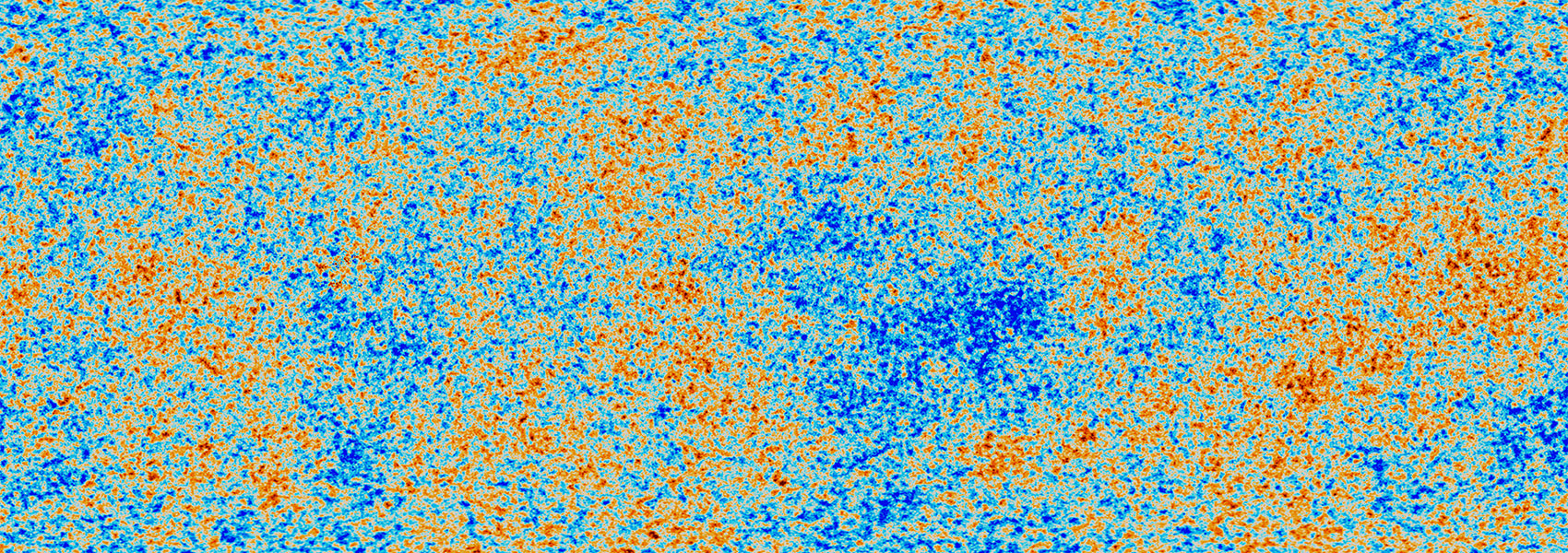March
2007
•
2007ApJ...657..494B
Authors
•
Burgasser, Adam J.
•
Cruz, Kelle L.
•
Kirkpatrick, J. Davy
Abstract
•
We present Gemini GMOS and Magellan LDSS-3 optical spectroscopy for seven ultracool subdwarf candidates color-selected from the Two Micron All Sky Survey. Five are identified as late-type subdwarfs, including the previously reported sdM9.5 SSSPM 1013-1356 and L subdwarf 2MASS 1626+3925, and a new sdM8.5 2MASS 0142+0523. 2MASS 1640+1231 exhibits spectral features intermediate between a late-type M dwarf and subdwarf, similar to the previously identified high proper motion star SSSPM 1444-2019, and we classify both sources as mild subdwarfs, d/sdM9. 2MASS 1227-0447 is a new ultracool extreme subdwarf, spectral type esdM7.5. Spectral model fits yield metallicities that are consistent with these metallicity classifications. Effective temperatures track with numerical subtype within a metallicity class, although they are not equivalent across metallicity classes. As a first attempt to delineate subtypes in the L subdwarf regime we classify 2MASS 1626+3925 and the previously identified 2MASS 0532+8246 as sdL4 and sdL7, respectively, to reflect their similarity to equivalently classified, solar metallicity L-type field dwarfs over the 7300-9000 Å region. We also detail preliminary criteria for distinguishing L subdwarf optical spectra as a road map for defining this new spectral class. The strong TiO bands and Ca I and Ti I lines in the spectrum of 2MASS 1626+3925 provide further evidence that condensate formation may be inhibited in metal-deficient L subdwarfs. We conclude with a compendium of currently known, optically classified ultracool subdwarfs.
Links


.png?1523393848)

